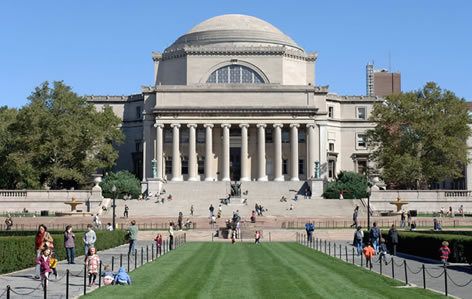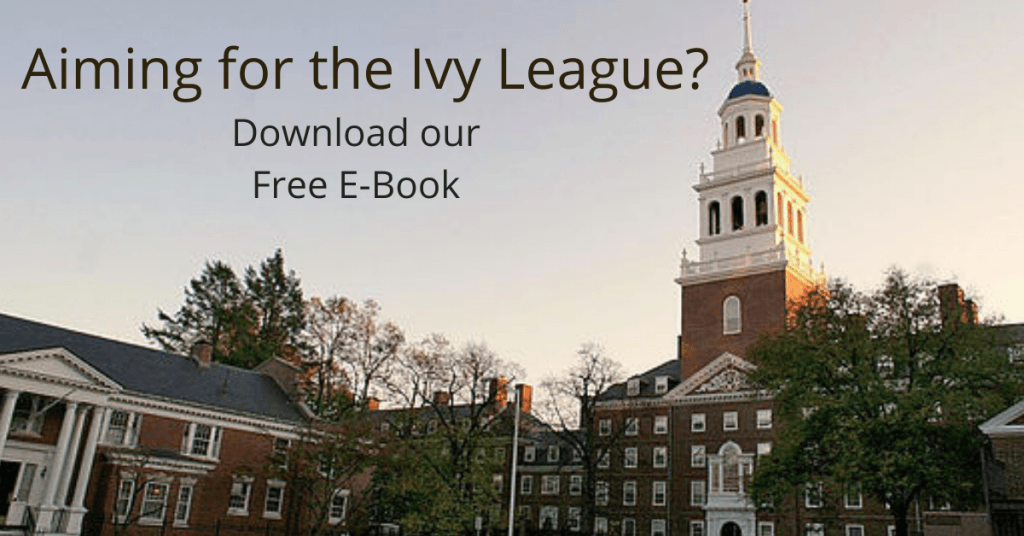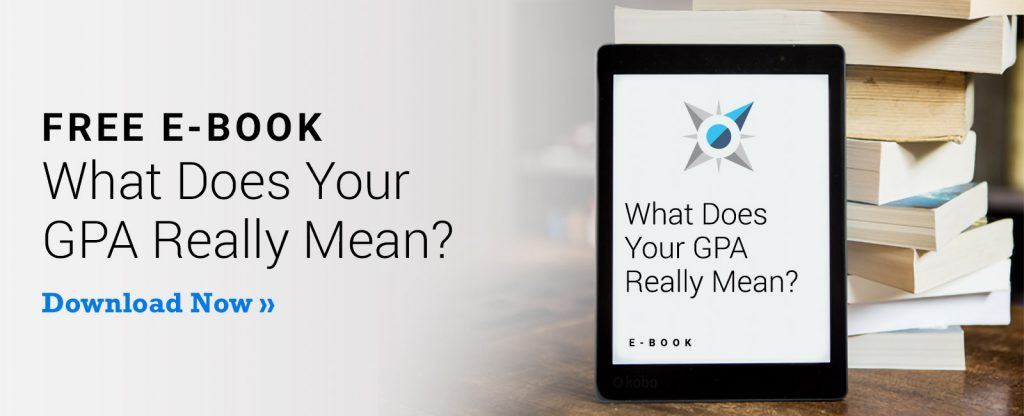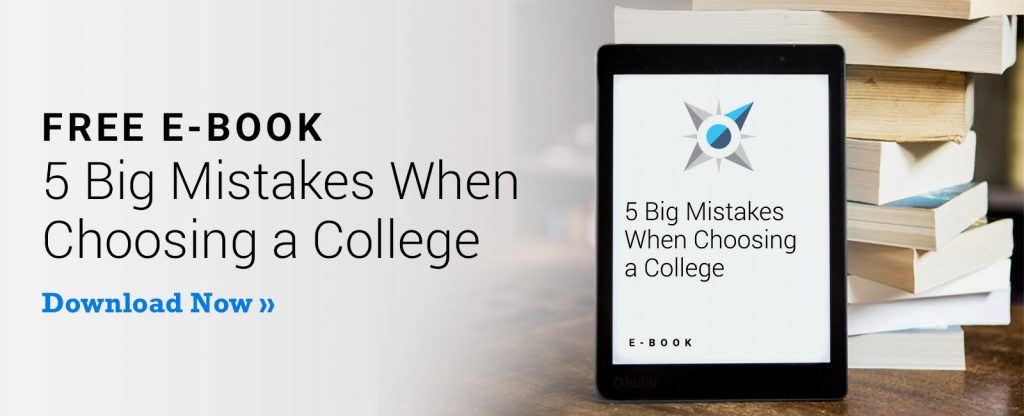
Expert Admission Advice
Every time I want to tamp down the pressure on high school students who are aiming for top-tier colleges in the US out pops another level-headed analysis proving that this is impossible.
A recent article–and a forthcoming book–by one of the greatest analysts of higher education in America demonstrates that students who aspire to the Ivy League and other top-tier universities have very little hope of acceptance unless they fully understand how admissions offices render their decisions.
But even if they understand, most will never be able to turn this understanding into a profile that will make the hearts sing and the minds race in an admissions committee deliberation over your application.
This is especially true for children of the economically advantaged: if you don’t get professional help early and often. You are very unlikely to be accepted. And for the middle classes who qualify and need scholarships and financial aid, your need for professional guidance is even more acute. And if you’re in the lower economic strata, you’ll need a miracle.
In essence, this article is the best advertisement for Great College Advice–especially our elite package. It’s nice to understand how the system works. But how do you beat it? That is what we do with our students day in and day out.

Jeffrey Selingo, author of the acclaimed There Is Life After College, spent a year as a fly on the wall in the admissions offices of several highly selective universities. While his descriptions and analysis are updated for 2020, the book essentially rehashes a similar work by Jacques Steinberg. Who spent a year with Wesleyan University admissions in 1999 and wrote a tell-all book called The Gatekeepers. Selingo’s new book will be out on September 15th and is called Who Gets In and Why: A Year Inside College Admissions.
While I plan to write a full review of the books as soon as I can get my hands on it. I did read a long pre-publication summary that appeared in the Wall Street Journal on Friday. You can find the article here (behind a pay wall).
Here are the takeaways:
It’s Way Harder Than You Think
Yes, we’ve all heard the numbers. But what makes the admissions process at elite universities so hard to crack is that the processes and procedures are deliberately opaque. The power of Selingo’s book (as well as Steinberg’s) is in how it illuminates just how subjective and unfair the process really is. Americans of all stripes–but especially those in the middle and upper classes–want to believe that the admissions process is a clear expression of meritocracy at work.
While most of the students who do get into the top tier schools do have a lot of merit (and I emphasize the word “most,” as many who lack merit do get through the gates). The fact is that unless your application reaches the admissions committee crafted in a way that will truly stand out. The vast majority are passed over with the simple acronym, “LMO”: Like Many Others.
Only if you stand out clearly as fulfilling the needs of a top university, you will very likely be passed over. LMO. It’s the kiss of death in the admissions offices of highly selective colleges and universities. How can you avoid being LMO? Well, it’s an impossible question to answer in a general sense. Each individual student must develop a personal strategy to avoid the LMO label.
Most privileged families hire someone like counselors at Great College Advice to guide their students toward personalized success. Ambitious students (and their parents) do come to us as early as the 8th grade to help them pursue their own unique vision of excellence, to develop qualities and characteristics that are genuine and authentic. And to develop their interests in ways that will demonstrate that they have the energy, motivation, and curiosity to go well beyond what most high school students generally exhibit.
An ambitious student must activate that ambition and gain the confidence to do things that reflect their true interests–and their intrinsic abilities. There is no template. There is no magic. Only the dogged pursuit of personal excellence can get a student noticed.
There Is Some Science To Admission Advice (But Not Much)
Parents and students become obsessed with the numbers. Test scores. GPA. The feeling is that higher is always better, so it pays to lift those SAT scores by 10 points or to add another hundredth of a point to the GPA.
Much ado about nothing.
The science in the admissions office is about sophisticated modeling that reflects institutional needs. Geographical diversity. Ethnic diversity. Ability to pay. University budgets. Intended majors. Primary extracurricular pursuits. Gender (only 45% of college applicants are boys, meaning girls always have it tougher). And LTE also matters: “likelihood to enroll.”
Colleges and universities have needs and priorities that shape how they read individual applicants. They run and re-run the numbers. Colleges pay bazillions of dollars to admissions consulting companies to help them build these complex statistical models, and at times the process can be driven by whether the models indicate that the college has admitted too few Latinx, to many students with high financial need, too many prospective neuroscience majors, or too few students from rural areas.
Your test scores and GPA do matter. But once your application is put into the computer models in an admissions office, these numbers mean next to nothing. Your scores and grades just need to get you into the model. Ten points on the SAT or a tenth of a point on your GPA may mean less than the high school you attended or whether you like literature more than STEM.
Flags, Tags, and Hooks Really Do Matter
In the aftermath of the Varsity Blues admissions scandal, many Americans hoped that the “insiders game” of selective college admissions would change or reform itself. Hardly.
Lori Laughlin and Rick Singer (respectively the Wicked Witch and Rasputin of the college consulting industry) are simply roadkill on the highway to top universities. Their sins just prove the fact that student-athletes, children of the rich and famous, kids whose parents donate lots of money, and other VIP (or “Z-List“) students have advantages that mere mortals lack in this process. This is all the more reason that parents who can afford private college counseling from experienced teams (like the one at Great College Advice) do so.
Without adequate preparation, the vast majority of kids will never get much of a look in selective college admissions. I say this not to brag, nor to condone this reality. It’s just a fact. Flags, tags, and hooks really do matter.
Legacy Status Helps…But Probably Less Than You Expect
Every year it happens. Parents who attended an Ivy League school bring their kids to work with us as they prepare to complete their college applications. Confident, entitled, and proud of their alma maters. They arrive at our (virtual) doorstep fully expecting their child to be accepted and carry on the family legacy.
And every year, these families are disappointed. They cannot fathom that their wonderful, smart, talented “chip off the old block” is, in actual fact, “LMO.”
While it is certainly true–especially at the Ivies–that legacy applicants have a statistical advantage in admissions. It is not a sure-fire ticket to acceptance.
We know wherefrom we speak. We generally don’t like to air our own dirty laundry. But we can point to dozens of cases over the years in which legacy families were deeply disappointed–even furious–that their kids were denied admission to their alma maters.
Even in my own family, my sister’s wonderful, marvelous twins, were denied admission to Brown. Even though both parents, two grandparents,and one great-grandfather had attended Brown. My nieces are awesome young women and have gone on to achieve amazing things despite their rejection from Brown. But at age 17 they simply did not stand out. They were LMO. (My sister forgives me, by the way).
Essays Matter
Every parent suspects that a well-crafted essay can make the difference between an acceptance or a denial. It does. (However, a great essay may not be able to overcome other disadvantages: see above).
The lesson? Get help with that essay. Early. Hire an outstanding college essay coach.
Ability to Pay Is a Criterion for Admission
Selingo explains how a student’s ability to pay becomes a factor in admissions. Even at schools that insist that their process is “need blind” or that they “meet full financial need.” While it is true that rich, well-endowed universities are able to ignore the ability to pay for most applicants as they are individually reviewed. No college can afford to admit more poor kids than rich ones. Once admissions committees choose the individuals who should receive offers of admission. Then the entire batch of admits is put through those models.
The mathematical algorithms do their magic, and tell the leadership whether the admitted class will break the bank. Vice presidents of enrollment are the keepers of the budgetary bottom line. If the models indicate that the aggregated class is too full of students who cannot pay. Then admissions officers scramble to go back through applications to deny more poor kids. And admit more rich ones until the model budgetary balance is restored.
Selingo tells us that there are a few colleges and universities that never have to do this sort of thing. The super-rich ones like the Ivies, for example. However, the data tell a different story. If places like my alma mater, Dartmouth College, were really completely need blind in its admissions process. One would expect annual fluctuations in the percentage of students who are poor.
One would think that the percentage of Pell Grant students admitted per year might go up and down according to the merits of the applications submitted.
With its large endowment–and its generous alumni base–Dartmouth would seem to be able to handle financial swings from one year to the next. And yet, if one looks at the historical data. The percentage of Pell-eligible students stays pretty darned steady from one year to the next (as does the percentage of students who pay full price).
While I’d like to be charitable, it strains credulity to think that the admissions team is so charmingly consistent from year to year. I’m willing to bet my eye teeth that Dartmouth and the other Ivies use the same algorithms that every other college does to craft a class that meets the college’s budgetary bottom line. It’s hard to explain the statistical consistency any other way.
So what does that mean for the middle class student? What if you are neither poor enough to be Pell eligible or rich enough to pay full price? It means that you better be a well-prepared student with a well-prepared application. You are competing for a minority spot at a place like Dartmouth.
According to the National Center for Educational Statistics, 53% of the entering class in 2018 paid full price, while 15% received Pell Grants. That leaves 32% of the slots at Dartmouth going to students and families who can pay more than zero but less than the full price.
A middle-class–or even upper middle-class family–wants to believe that the admissions system at elite schools is meritocratic. But a kid who cannot afford to pay full price at Dartmouth or a similar institution is competing mightily both for the offer of admission and the university’s generosity. College admissions officers, too, want to believe that their work leads to social mobility and increased opportunity for the lower and middle classes. Selingo’s book and a close reading of these statistics tell a different story.
It’s All About Them, Not About You
Selingo quotes the admissions dean at Davidson College: “Students see admissions as a report card on their life until now. But there are so many attributes that we’re looking at in the end to build a community.” That list of attributes starts with the money, and then goes on from there. Geography. Ethnicity. Major. Gender. Athletics. Special programs. Campus activities.
Everything about this process is complex, subjective, and opaque. And unpredictable.
Unless…
Unless you do everything you can as an applicant to stand out from the crowd.
Unless you start early to think about how you can become a competitive candidate (without selling your soul to the devil).
Unless you take an honest assessment of your strengths and weaknesses, as well as your ambitions. And start early to hone those strengths to match those ambitions.
Unless you take your understanding of how the admissions process at elite universities really works and then craft your own strategy to beat the odds.
While there is a lot of luck and serendipity in the process–as Selingo documents in his article and book. You cannot go into this process expecting a miracle. You need to plan. You need to be honest with yourself. And you need to work your patootie off to achieve your own vision of excellence (again, without selling your soul to the devil).
With hard work–and some expert help from Great College Advice–you can give yourself a much, much better shot of winning the hearts and minds of those admissions officers. And beat the merciless algorithms of those evil, statistical models.
Start early. Get some Great College Advice.








